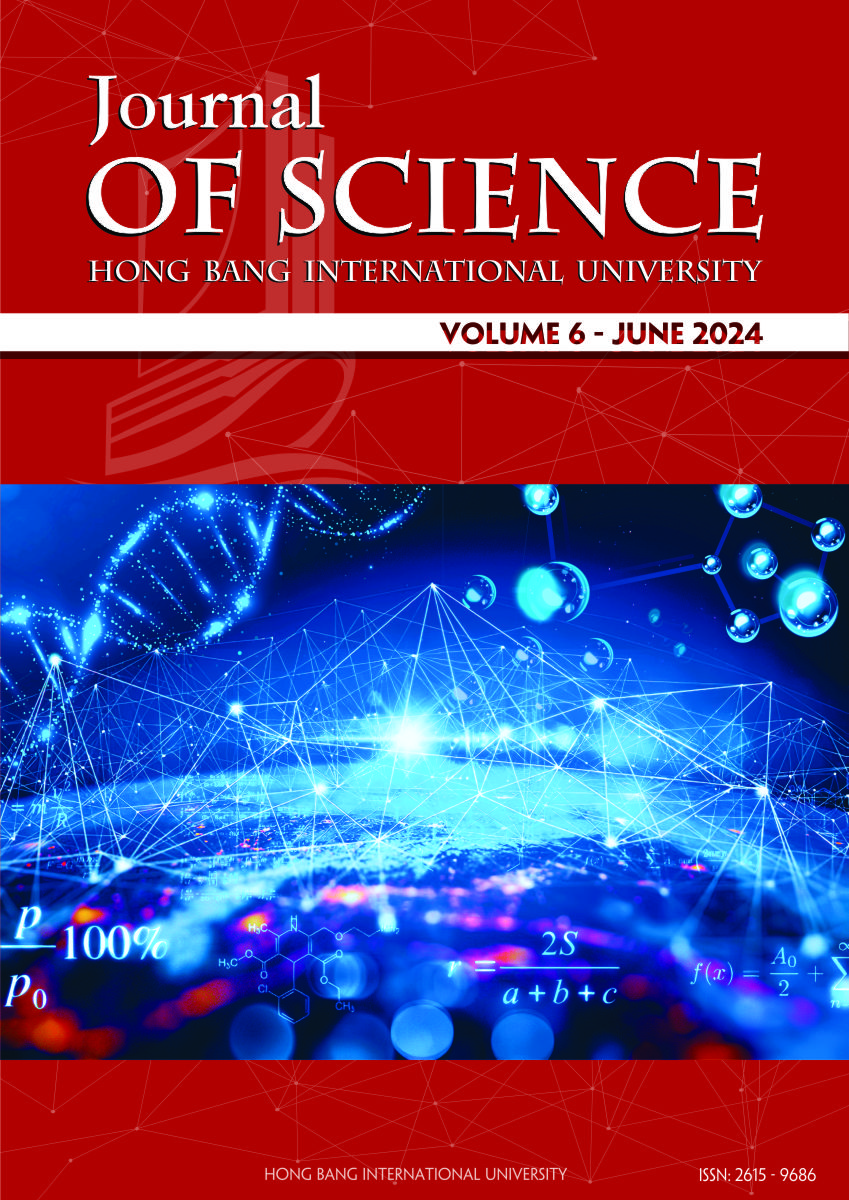Material handling cost optimization for a pushbelt manufacturing company using computerized relationship layout planning Algorithm
Các tác giả
DOI: https://doi.org/10.59294/HIUJS.VOL.6.2024.635Từ khóa:
material handling, optimization, pushbelt manufacturingAbstract
The strategic arrangement of a shop floor plays a crucial role in determining the operational effectiveness and financial performance of a manufacturing facility. The layout directly influences productivity, workflow, and even employee safety, making it a key factor in a plant's success. In this study, the objective is to refine the facility layout of a push belt manufacturing plant to decrease potential contract penalty fees that may arise from delays and to diminish the expenses associated with material handling. To address this challenge, the research adopts the computerized relationship layout planning (CORELAP) Algorithm to formulate an optimized layout. The implementation of this algorithm aims to reorganizing the shop floor to streamline the movement of workers and materials. The anticipated outcome of the newly designed layout is a significant reduction in the travel distance required for employees to complete their tasks. This optimization is expected to contribute to notable improvements in operation times and cost savings. Particularly, this enhancement results in the elimination of undesirable contract penalty fees and a notable reduction in material handling costs.
Tài liệu tham khảo
[1] Azadivar, Farhad, and John(Jian) Wang. “Facility Layout Optimization Using Simulation and Genetic Algorithms.” International Journal of Production Research, vol. 38, no. 17, Nov. 2000, pp. 4369–4383. Accessed 19 Sept. 2021.
DOI: https://doi.org/10.1080/00207540050205154[2] Istiyanti, Inaki Maulida Hakim, Vidyahningtyas. “Improvement of Layout Production Facilities for a Secondary Packaging Area of a Pharmaceutical Company in Indonesia Using the Corelap Method.” IJTech - International Journal of Technology, ijtech.eng.ui.ac.id/
article/view/1462. Accessed 8 Feb. 2024.
[3] Kochhar, J. S., and S.S. Heragu. “Facility Layout Design in a Changing Environment.” International Journal of Production Research, vol. 37, no. 11, July 1999, pp. 2429–2446. Accessed 17 Mar. 2021.
DOI: https://doi.org/10.1080/002075499190590[4] Yang, Cheng, et al. Facility Layout Design with Corelap Algorithm for Educational Tour. Accessed 29 Jan. 2024.
[5] Siregar , Ikhsan. “Production Facility Design Improvement with BLOCPLAN Algorithm | IEEE Conference Publication | IEEE Xplore.” Ieeexplore.ieee.org. Accessed 8 Feb. 2024.
[6] Weng, Li. Efficient and Flexible Algorithm for Plant Layout Generation Efficient and Flexible Algorithm for Plant Layout Generation,1999.
[7] Sembiring, A, et al. “An Application of Corelap Algoritm to Improve the Utilization Space of the Classroom.” Journal of Physics: Conference Series PAPER OPEN ACCESS IOP Conf. Series: Journal of Physics: Conf. Series, vol. 1007, 2018, p. 12026. Accessed 8 Feb. 2024.
DOI: https://doi.org/10.1088/1742-6596/1007/1/012026[8] Kar Yan Tam. Genetic Algorithms, Function Optimization, and Facility Layout Design. European Journal of Operational Research, 10 Dec. 1992. Accessed 6 Mar. 2024.
[9] Tarigan, U, et al. “Redesigning Production Floor Layout with Process Layout and Product Layout Approach in an Electronic Appliance Manufacturing Company.” Redesigning Production Floor Layout with Process Layout and Product Layout Approach in an Electronic Appliance Manufacturing Company. Accessed 29 Jan. 2024.
Tải xuống
Tải xuống: 170











